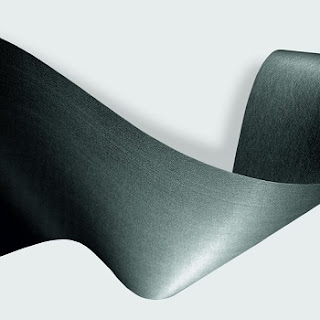India unveils first CNG bus covering 1,000 kilometers on a single fueling

In a major step towards making India a natural gas-based economy and making CNG as the eco-friendly option for long distance transport in the country, Shri Dharmendra Pradhan, Minister of Petroleum & Natural Gas and Steel, unveiled India’s first long distance CNG bus. Fitted with composite CNG cylinders, it can travel around 1,000 kilometers on a single fill. The project has been executed by Indraprastha Gas Limited (IGL) and has been achieved through pioneering design of Type IV Composite Cylinders in buses, replacing traditional very heavy Type-I Carbon Steel cylinders. According to Pradhan, these CNG buses are being run on a pilot test, but soon they will be scaled on commercial basis. “Delhi has witnessed revolution in shift towards cleaner, gas based fuels. Over 500 CNG stations are operating in Delhi NCR today and about 1.2 million piped natural gas connections have been provided. Long haul CNG buses originating from Delhi to other locations will further drive this shift



